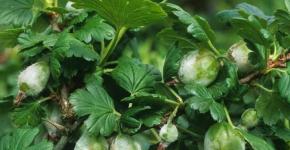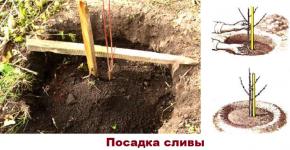Elm: planting and care, types and varieties, photos.
The genus includes 16 species that grow in Europe, Asia, and in the mountains of Asia.
As a rule, these are large trees with an elliptical or rounded, spreading crown; with alternate, simple, large, unequal leaves. The elm blooms before the foliage blooms. Elm flowers are small, inconspicuous. Nuts ripening 2 weeks after flowering.
Elm does not tolerate shading, but itself gives a thick shade. The growth is relatively fast. Requires fertile soil for growth, but also tolerates arid conditions.
Elm tolerates pruning well, is durable under good conditions, and is often damaged by diseases and pests. It has been used in gardening for a long time. It has been introduced into culture since ancient times and has many garden forms.
Smooth elm, common
It grows in Russia, the Caucasus, Western Siberia, Kazakhstan, Western Europe.
A tree with a wide, beautiful crown and hanging branches. Young shoots are light brown, fluffy, shiny. The bark is brownish brown. The foliage is round or oblong-ovate. Sharp serrate along the edge; dark green above; in autumn they are painted in brown-purple tones. Brownish, small flowers, with purple stamens. Flowering lasts about 10 days.
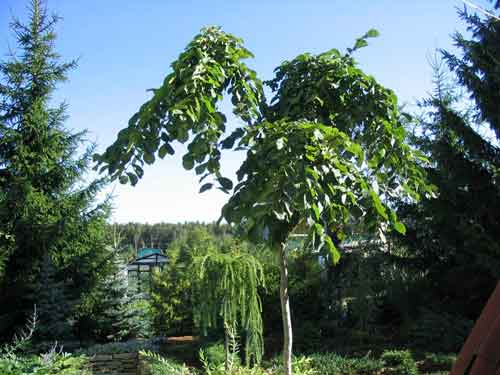
Shade-tolerant, winter-hardy. Growing rapidly. Perfectly tolerates haircuts and retains its shape. Drought-resistant, grows only on fresh, deep soils. In urban conditions, on poor soils, it grows weakly. Looks good in alley and ordinary plantings.
Decorative forms: silver-colored; golden motley; red - with reddish foliage; cutout - with dissected foliage and grooves between them. Ornamental varieties are planted singly or in groups.
Hornbeam elm
Homeland is the European part of Russia, Kazakhstan, the Caucasus, Western Europe, Central Asia, North Africa. Hornbeam elm grows in deciduous forests.
A tree with a dense crown, and dark brown shoots. The foliage is dense, dark green, shiny, varied in shape, glabrous above, and hairy below. In the fall, it becomes yellow. The flowers of the hornbeam elm are small, reddish-red. The elm blooms before the leaves open.

Winter-hardy in the steppe and forest-steppe zones. Young shoots freeze over. Hornbeam elm is suitable for the southern regions of our country. The tree is undemanding to the soil, but it grows well only on moist, nutritious soil. It is well cut and keeps its shape. Forms dense hedges. Used in parks and gardens, massifs or groups in combination with other breeds.
Decorative forms differ in the structure of the crown, the color of the leaves:
Webb - with a narrow-pyramidal crown, dark green above, ash-colored below, the leaf is rolled up like a hood;
Dampiera - with broad ovate foliage and narrow pyramidal crown;
Coopman - a tree with an ovoid-oval crown;
Pyramidal - with ascending branches and dark green foliage;
Weeping - with thin, drooping branches;
Spherical - with a rounded crown, with ovoid-elliptical leaves;
Graceful - similar to a spherical shape, but with small branches and leaves;
Golden - with golden foliage;
Wangutta - with yellow foliage;
Purplish - with small purple leaves;
Purple - with dark purple foliage.
Garden forms are not hardy and need sheltered places.
Thick elm
Grows wild in Central Asia.
The tree is 30 m tall, with a wide-pyramidal crown. In old branches, the bark is dark, in young shoots it is yellowish-brown or gray. The foliage is leathery, glabrous, oblong-ovate.
Drought-resistant. Dense elm is used in landscaping in Russia, in alley plantings.
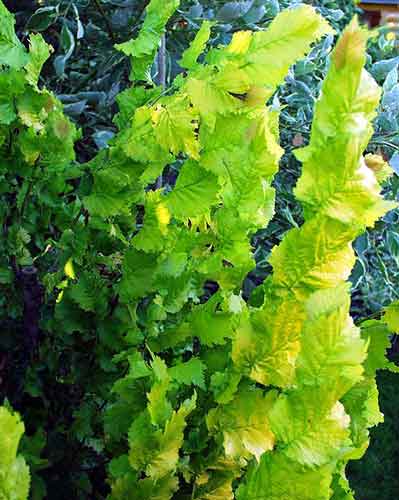
Small-leaved elm orsquat
In the wild, it grows in Transbaikalia, the southern and middle parts of the Far East, in Japan and Korea. Small-leaved elm grows in mixed forests, on fertile soils.
A tree 15 m in height, or a shrub with a rounded crown and thin branches. Leaves are small, elliptical, leathery, unequal, with a short apex and a simple or serrated edge, smooth. In spring, the leaves of the small-leaved elm are green. Flowers are collected in bunches. Lionfish are buffy or yellow-brown.
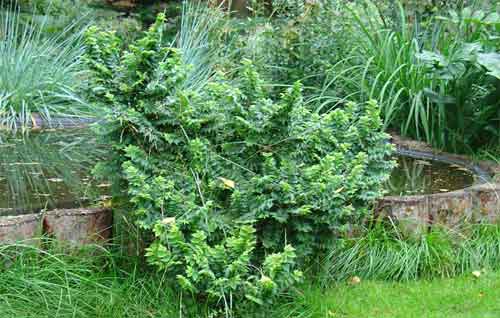
Small-leaved elm is light-requiring, undemanding to the richness of the soil. Drought-resistant, perfectly tolerates transplanting, molding, haircut. In terms of the speed of growth, the squat elm is not inferior to the ash-leaved maple and white acacia, it is more frost-hardy, it tolerates cutting and transplanting well. This type of elm has no root suckers, and this is highly valued in park construction. The small-leaved elm has a weeping shape.
Rough elm
Under natural conditions, it grows in Russia, Central Europe, Scandinavia, and Asia Minor. There are in many reserves in Russia, the Caucasus, Crimea, the Baltic states. Rough elm grows in coniferous-deciduous forests, sometimes on calcareous soils.
A tree with a rounded, wide crown, reaching 35 m in height under optimal conditions. The bark on the trunk is brown, the branches are dark brown. The foliage of the rough elm is large, sharp-toothed along the edge, rough above and harsh-haired below, on short, pubescent petioles; yellowing in autumn. Flowers are collected in bunches. Flowering lasts 5-7 days. Quite large, green lionfish with a notch at the top, also in dense bunches.

Rough elm grows quickly. Frost resistant. Perfectly tolerates urban conditions. Drought-resistant. It tolerates crown pruning. Gas resistant. The rough elm is propagated by seeds, and the decorative forms of the elm are propagated by grafting. A large tree suitable for single plantings in combination with maple, oak.
Decorative forms:
a) in the shape of the crown: pyramidal - with a narrow pyramidal crown; Camperdouna - with a rounded crown and drooping branches; weeping - with spreading main branches; low - dwarf, 2 m tall, with small foliage;
b) by the shape of the leaves: large-leaved; curly - undersized, slowly growing, with narrow leaves;
c) according to the coloring of the leaves: yellow-variegated; yellowish purple - young purple foliage; dark purple. An interesting form of "Lutescens" - its foliage appears creamy yellow in spring, and then turns yellow-green.
Coarse elm "Weeping" looks good on a trunk. An original tree with a hemispherical crown, similar to an inverted bowl. Long branches with large green foliage create a dense canopy under which you can hide from the sun's rays. The height of an adult tree is 5 m. It is picky about the soil. Winter-hardy, however, in cold winters, the ends of the shoots freeze slightly.

